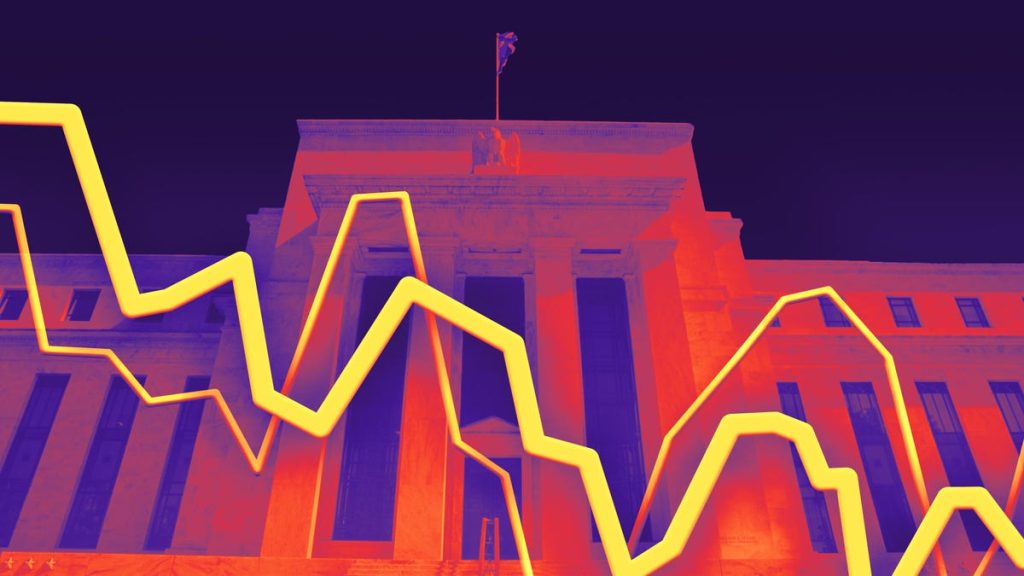In the final months of 2024, the Federal Reserve is expected to continue cutting interest rates, with predictions of quarter-percent cuts at each meeting. Experts anticipate that the Fed will follow through with these cuts, aiming to lower rates by another percent in 2025. The Fed’s decisions have broad implications for consumers, affecting everything from credit card interest rates to mortgage and car loan costs. Companies may also be more likely to borrow money when rates are lower, enabling them to expand their business and workforce.
As the Fed convenes for its remaining meetings in 2024, most experts foresee quarter-percent rate cuts. While some may wonder why the Fed does not opt for a larger cut at once, economists caution against rapid reductions that could trigger inflation. The decision to cut rates is based on a multitude of factors, including inflation and jobs reports. Despite inflation nearing the Fed’s target and unemployment rates being relatively low, experts anticipate another rate cut at the upcoming meeting based on economic indicators.
Looking ahead to 2025, forecasts suggest that the Federal Funds rate could drop another percentage point, though the timing of these cuts remains uncertain. Experts predict a gradual decline in interest rates throughout the year, with decisions on rate adjustments made on a meeting-by-meeting basis. The uncertainty is heightened by the impending Trump administration, which could shift the monetary policies affecting the economy and consequently influence the Fed’s actions. While predictions point towards steady rate cuts in 2025, unforeseen factors may alter the course of action.
While the Fed’s decisions may not have an immediate impact on individual interest rates, consumers are advised to prepare for potential changes in borrowing costs. Financial experts suggest that relief in borrowing costs may not be felt until mid-2025, and it may take months for the Fed’s rate cuts to manifest in the economy. Consumers are encouraged to review their financial strategies, considering options such as balance transfers for high-interest debt, or diversifying investments in anticipation of evolving interest rates. Building a CD ladder or seeking advice from experts can help individuals navigate the uncertainties in the financial landscape.
Ultimately, the key takeaway is to stay informed and empowered in financial decision-making. While the Fed’s actions play a significant role in shaping the economic environment, individuals can take steps to secure their financial well-being. Being proactive in understanding the implications of rate cuts, seeking advice from financial professionals, and making informed choices can help mitigate risks and capitalize on opportunities in a changing economic landscape. By staying informed and confident in decision-making, individuals can navigate potential challenges and uncertainties in their financial journey.












